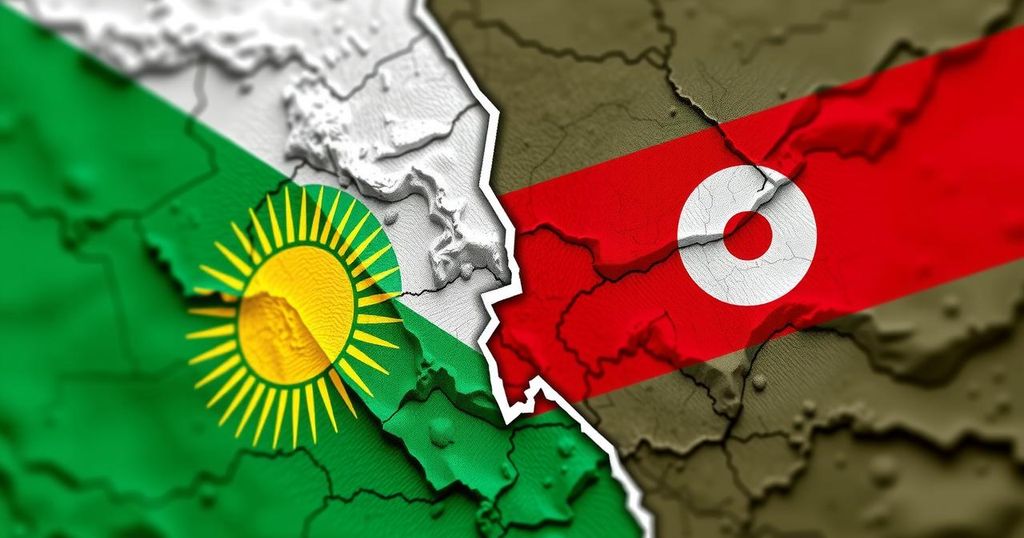Kyrgyzstan and Tajikistan have reached a deal on their last contested border section, potentially ending decades of disputes. This agreement was made after years of conflict, including violent clashes in 2022. The deal indicates warming relations between the two nations and their commitment to finalizing border demarcation documents, paving the way for improved stability in the region.
On December 4, Kyrgyzstan and Tajikistan announced the successful demarcation of their last contested border section, resolving a territorial dispute that has persisted for decades. The 970-kilometer border, characterized by its challenging mountainous terrain, has been a source of conflict, particularly following violent engagements in 2022 that claimed approximately 100 lives. The agreement was reached following discussions between the heads of the national security services and was formalized during a meeting in Batken, Kyrgyzstan. Both nations expressed their commitment to further finalize the necessary demarcation documentation in a friendly atmosphere.
The border disputes between Kyrgyzstan and Tajikistan have historical roots tracing back to Soviet administrative boundaries established before the USSR’s dissolution in 1991. As the region faces water scarcity exacerbated by climate change, access to water resources has often fueled tensions. In recent years, relations among Central Asian nations have begun to improve, heralded by bilateral discussions between the leaders of Kyrgyzstan and Tajikistan. The involvement of various international powers, including China and the European Union, has altered the dynamics in Central Asia, particularly in light of Russia’s diminished capacity for mediation due to its ongoing conflict in Ukraine.
The border demarcation agreement between Kyrgyzstan and Tajikistan marks a significant step towards regional stability and cooperation, ending a long-standing territorial conflict. The discussions have been characterized by mutual understanding, reflecting a broader positive shift in relations among Central Asian nations. This development enhances prospects for further diplomatic engagements and may contribute to regional security amid changing geopolitical landscapes, as various external powers vie for influence in Central Asia.
Original Source: www.lemonde.fr






